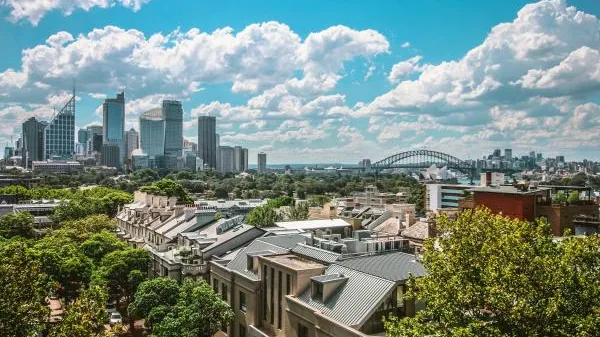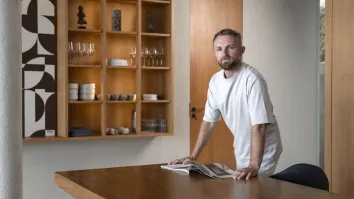
2 key areas in Australia’s alternative real estate sector
Investors are on a massive hunt for yield.
Australia is witnessing a post-pandemic investment boom and alternative real estate sectors are receiving increased investor enquiry. According to JLL, these sectors attract investors who ‘hunt for yield’ in a low interest rate environment, as well as those who seek to diversify their investment strategies.
“However, the COVID-19 crisis has somewhat shaken sentiment towards multiple core sectors (office and retail), prompting many real estate investors to accelerate their foray into alternatives,” says JLL.
Here are the two key areas in Australia’s alternative sectors according to JLL:
Resilient sectors
Operational or end-user demand has been unaffected or elevated across multiple alternative sectors throughout the COVID-19 crisis. These sectors mostly fall into the social infrastructure category, with healthcare (private hospitals and medical centres) at the forefront of this trend. Healthcare yields were sharpening even before the pandemic, reflecting the increasingly competitive environment for acquiring these assets. Throughout 2020, average healthcare yields continued to compress, falling to an all-time low of 5.3% as of March 2021. Another resilient sector is data centres – a growing form of essential infrastructure. During the pandemic, requirements for secure and reliable cloud storage accelerated as corporates shifted to remote working, boosting sentiment towards the sector.
Emerging sectors
Australian real estate investors are continuing the search for opportunities that provide relative value or first-mover advantages.
- The most relevant is the nascent build-to-rent (BTR) sector, which is set to benefit from increased mobility and demand for high-quality flexible living options. Several investors are already carving out their share of the growing sector, with the pipeline now exceeding 15,000 apartments.
- The life sciences sector has been put under the spotlight amidst the current global health crisis. Within Australia, advancements in the commercialisation of research are set to drive demand for modern and specialised laboratory space for research and development (R&D).
- Emerging living sectors are also becoming increasingly relevant. Manufactured housing estates (MHEs) or land-lease estates have seen heightened enquiry with the sector projected to benefit from demand for affordable living options, particularly to accommodate Australia’s ageing population. Specialist disability accommodation (SDA) has also seen a significant level of interest on the back of high yields relative to other asset classes.
But which sectors are the most viable for institutional real estate investment?
Most alternative asset classes are set to benefit from mega-trends and structural shifts. However, potential challenges remain for traditional real estate investors in finding scale opportunities, liquidity and the feasibility of providing the required level of specialised asset management.
Figure 1 shows the relative sizes of each Australian sector and compares them to the current level of institutional capital interest and investable universe growth potential. Recently, some of Australia’s larger and more mature alternative sectors have seen comparatively lower levels of institutional interest, but present vast opportunities for investors looking to make scaled acquisitions. In contrast, investment into smaller emerging sectors is likely to be development-focused, with offshore or domestic capital sources partnering with sector-specialised operators and asset managers. There is no doubt that investment activity will increase across Australia’s alternative sectors, but investment volumes will vary based on sector maturity, scalability, capital flow and the suitability of ownership models to particular real estate investors.



















 Advertise
Advertise





